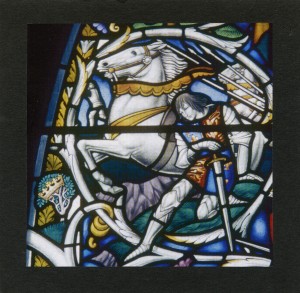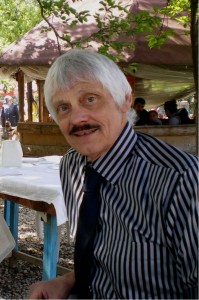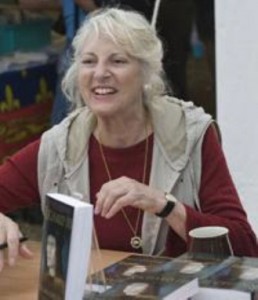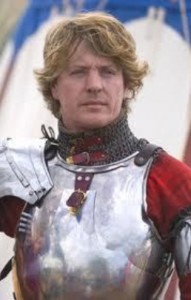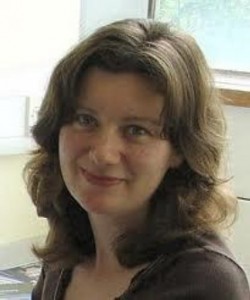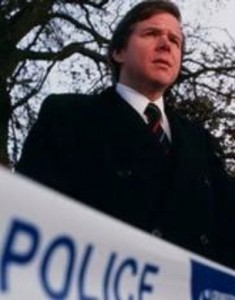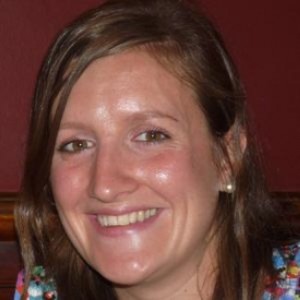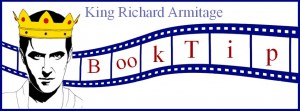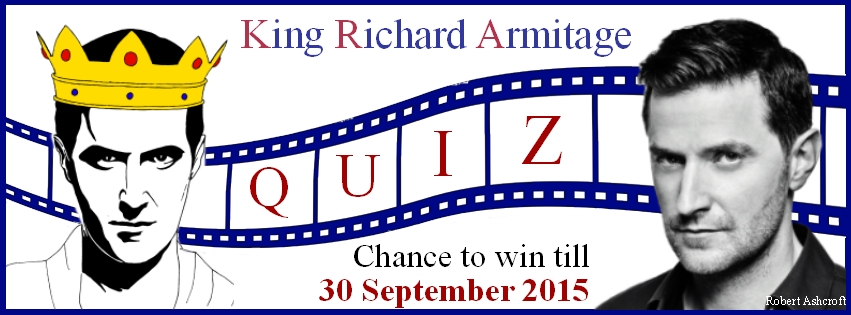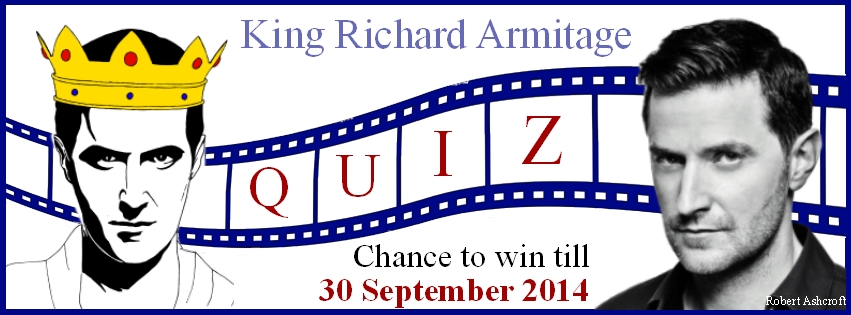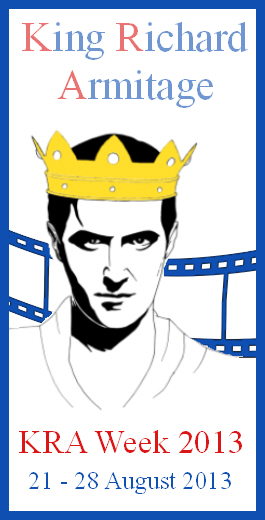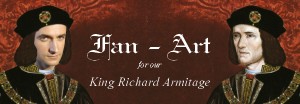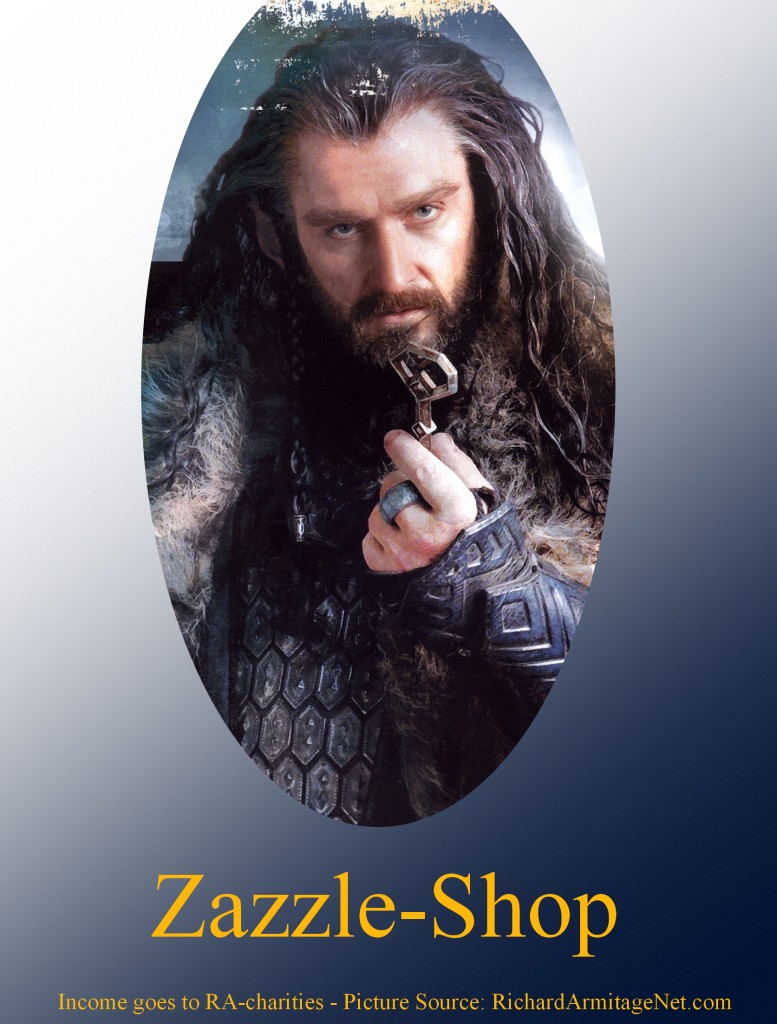Archaeological Search in Leicester
The team behind the search
(Click on one name to go to more details and information below.)
Philippa Langley
(representing the Richard III Society – link to more informations here on KRA)
Philippa Langley is screenwriter and member of the Richard III Society. She is one of the guiding lights behind the archaeological project in Leicester.
She is now looking to secure a development deal for her film script that tells the real story of King Richard III. Philippa is the secretary of the Scottish Branch of the Richard III Society.
We already know her from the Archaeology Appeal to cover the shortfall of the funding: article (11th of July 2012)
and support her with her approach to find out more about the life of and circumstances surrounding King Richard III:
“This search for Richard’s grave is only one aspect of the on-going research effort to discover the real Richard III.
After his defeat his reputation suffered enormous disparagement at the hands of his opponents and successors, the Tudors. The challenge lies in uncovering the truth behind the myths.
Richard III is a charismatic figure who attracts tremendous interest. Partly because he has been so much maligned in past centuries, and partly because he occupies a pivotal place in English history.
The continuing interest in Richard means that many fables have grown up around his grave. Although local people like Alderman Herrick in 1612 knew precisely where he was buried – and Herrick was able to show visitors a handsome stone pillar marking the king’s grave in his garden – nevertheless at the same time unlikely stories were spread of Richard’s bones being dug up and thrown into the river Soar. Other fables, equally discredited, claimed that his coffin was used as a horse-trough.
This archaeological work offers a golden opportunity to learn more about medieval Leicester as well as about Richard III’s last resting place – and, if he is found, to re-inter his remains with proper solemnity in Leicester Cathedral. A filmed record will be made of the entire historic project.”
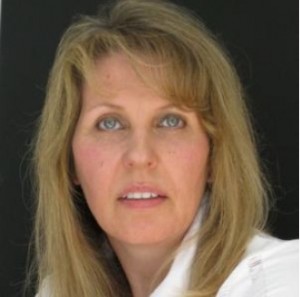
Philippa Langley kindly put her reasons and the process together, how research patterns fell into place and the search for the burial location of King Richard III became more and more an achievable endeavour:
“Why are we doing the dig here?
As a screenwriter, Richard’s story captivated me from the very beginning. Whilst researching it any hopes I may have held of being able to give it some kind of conclusion with a search for his lost grave seemed both fanciful and irrational. Stories abounded about Richard’s bones having been removed at the dissolution of the monasteries and thrown into the River Soar, and there was also a very large question mark hanging over the actual site of the Greyfriars Church, where Richard had been buried. Furthermore, the vital question of how would we know Richard if we found him seemed to throw too many variables into any potential project to go in search of his grave.
Then, everything changed.
An archaeological excavation took place in Grey Friars Street, Leicester. A small single-story 1950’s extension was being demolished to make way for a block of flats. Undertaking the archaeology was University of Leicester Archaeological Services (ULAS), the leading archaeological team in Leicester. What they discovered – or more precisely – what they didn’t discover – changed everything.
The dig was located in the centre of the Greyfriars area, yet the only evidence uncovered to suggest that there may have been a medieval church in the vicinity came from a fragment of a stone coffin lid found in a post medieval drain. This offered a huge leap forward and suggested that the site of the Greyfriars Church, where King Richard was buried, was located further to the west of the Greyfriars area than previously thought – the west, unlike the east, is not as developed and held many car parks – many open spaces.
Meanwhile, Dr John Ashdown-Hill, historian and genealogist, made the most remarkable discovery. Having traced an all-female line of descent direct from Richard’s sister, Anne of York, to a lady living in Canada, he had identified King Richard’s mtDNA sequence. We now knew that if we ever went in search of King Richard, we could identify him.
The final piece in the jigsaw again came from Dr Ashdown-Hill. Researching Richard’s burial for his book, The Last Days of Richard III (History Press 2010), John found that the map-maker John Speede started the story about the removal of Richard’s remains from the Greyfriars to explain why he could find no surviving trace of Richard’s grave. But Speede’s maps also showed that he had been looking for the grave on the BLACKFRIARS site!
The only question that now remained was where was the Greyfriars Church? Richard Buckley and the team at ULAS undertook map regression analysis. It confirmed that the Greyfriars Church, and last known resting placing of King Richard III, most likely lay to the west of the Greyfriars, and potentially the open spaces – the car parks – that existed there.
The search for the lost grave of King Richard III was on.”
The University of Leicester
A member of the 1994 Group of universities that shares a commitment to research excellence, high quality teaching and an outstanding student experience.
Goal & Motto: Elite Without Being Elitist
Times Higher Awards Winner 2007, 2008, 2009, 2010, 2011, 2012
The University is on Twitter: http://twitter.com/uniofleicester
This is Leicester: http://www2.le.ac.uk/about/facts
University of Leicester Expertise: http://www2.le.ac.uk/offices/press/research-expertise
Richard Buckley
from the University of Leicester is the lead archaeologist on the Greyfriars project. Richard graduated from the University of Durham in 1979 and became a Field Officer with Leicestershire Archaeological Unit in 1980, gaining considerable fieldwork and post-excavation experience and co-directing a major multi-period urban excavation in Leicester in 1988-9. In 1995 he was co-founder of University of Leicester Archaeological Services (ULAS) and specialises in urban sites and historic buildings. Most recently, he has been consultant and project manager for the £4 million Highcross Leicester project, involving excavation of the three largest archaeological sites in the City so far. His publications include Leicester Town Defences, Leicester Castle Hall, Leicester Abbey and his most recent, Visions of Ancient Leicester. Richard has also published numerous reports within LAHS, a journal which he edited between 1991 and 2003.
This is an historic and perhaps defining moment in the story of Leicester and I am proud that the University of Leicester has played a pivotal role in the telling of that story. From the outset, the search for Richard III was a thrilling prospect but it has involved many hours of dedicated research by our team that has led to the astonishing finds we have disclosed. The search has caught the imagination of not only the people of Leicester and Leicestershire but beyond and has received global media attention. It is a measure of the power of archaeology to excite public interest and provide a narrative about our heritage.
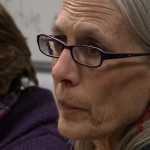
Prof. Lin Foxhall
Head of the School of Archaeology and Ancient History, University of Leicester
Archaeology is a team effort. No one person could dig up the whole site. You need people who have expertise in very different things – and each different person with their specialist skill can add to the picture.
Dr. John Ashdown-Hill
is an historian and author. (Interview with Dr. Ashdown-Hill here on KRA) He also discovered the mtDNA sequence of King Richard III. John has published four books on medieval history, and numerous historical research articles. Most contained new evidence or new interpretations. A fifth book is currently being completed and is due out early next year. Originally a linguist by training, for many years John taught languages in the UK and abroad. Most recently he has been working at a university in Turkey. The Richard III archaeological project in Leicester was partly inspired by original research relating to King Richard III‟s burial published in his book
The Last Days of Richard III, and also by his remarkable discovery of King Richard‟s mtDNA sequence.
Publications by Dr. Ashdown-Hill:
“Eleanor, the Secret Queen” – about Eleanor Talbot, the secret wife of King Edward IV putting King Richard III on the throne.
“Beloved Cousyn” – about John Howard, Duke of Norfolk, a supporter of King Richard III.
“The Last Days of Richard III” – Important research, leading to this archaeological find in Leicester.
Annette Carson
is a writer with a preference for history and biography. Her initial area of study was music, which she abandoned in favour of a writing career. She has sold over 40,000 non-fiction books and has contributed to Encyclopaedia Britannica. Her lifelong interest in Richard III has involved continual reading and research, and in 2008 she published Richard III: The Maligned King (The History Press), an unconventional examination of his reign which questions the assumptions and certainties of traditional historians: “It’s my belief we simply don‟t know as much as we’re led to think we know about Richard III and his period,” she explains, “and an open mind serves us better than one that runs along well-worn paths”.
Dominic Sewell
is one of the country’s leading historical horse trainers whose skills are often called upon by film and TV companies. He is also a foremost equitation expert in the art of medieval horsemanship. Dominic is a champion jouster and has taken the role of Richard III at re-enactments at the Battle of Bosworth. Along with Dr. Toby Capwell, Dominic is also a founding member of the Order of the Crescent and competes in jousting competitions across Europe and the USA. Dominic and a team of medieval combat experts will putting to the test the skill of King Richard III on the battlefield to see if he really was Shakespeare`s monster with a hunch-back and withered armed or as documented in many historic texts, a skilled and experienced battle-field commander who had fought in many engagements of the Wars of the Roses and was physically capable of fighting from horseback and wearing armour.
Dr. Turi King
is a geneticist at the University of Leicester with a background in Archaeology and Anthropology from Cambridge University. Her work has centred around the link between surnames and genetics, as well as work on the forensic aspects thereof, genetic genealogy, genetic ancestry and assessing the genetic legacy of the Vikings in the north of England. Turi will be working with Paul Brotherton overseeing the DNA retrieval and sequencing from any skeletal material found at the Greyfriars site. Turi has appeared in Michael Wood’s ‘Story of England’ and ‘Great British Story’, ITV’s ‘Britain’s Secret Treasures’, and has carried out DNA testing for the BBC. Turi is from Vancouver, Canada.
This has been a tremendously exciting project to be a part of and it’s been a privilege to work as part such a great team. I will never forget the feeling of looking at the first sequencing results and seeing the match; I went utterly still. The study isn’t over and there’s still more work to be done, but at least the big part is out of the way: the DNA evidence, along with the archaeological evidence, makes an incredibly strong case for these being the remains of Richard III.
Harriet Jacklin MA, BA
is the Senior Officer and Project Osteologist at University of Leicester Archaeological Services (ULAS). In 2009 she led a team of osteologists in the analysis of the St Peters and St Michaels skeletal remains which catalogued and investigated over 1800 skeletons. Harriet also lectures in Human Osteology and Forensic Archaeology and provides emergency backup for various police forces in the identification of human remains.
Dr Julian Boon
is a Chartered Forensic Psychologist at the University of Leicester with a life-long interest in personality and how and why it develops differently in different people. He is interested in what causes people to be so different as Mother Theresa of Calcutta and the child murderer Myra Hindley of the Moors. With this interest in the origins of loves of self-actualization and destruction he has been involved in a professional profiling capacity in assisting Police forces around the world for over twenty years. He is senior lecturer in forensic psychology at the University of Leicester and teaches at both undergraduate level and post-graduate levels. Julian‟s technique in offender profiling was used in the television series Wire in the Blood and he also took part in the TV factual series, The Real Cracker. Julian will be using his Personality Profiling technique for the very first time on King Richard III in order to help the team discover whether King Richard was the psychopath of Shakespeare and the Tudor tradition. In personal terms Julian has four other life-long interests which in no particular order are: Political deception and reality, Fine Wines, and Fast cars and Women.
Professor Mark Lansdale
is a leading psychologist and Head of the School of Psychology at the University of Leicester. Mark read Natural Sciences at Trinity College Cambridge; specialising in experimental psychology. After spending time there as a research student and doctoral research fellow, he worked for ITT researching into how the environment in which we work dictates the way we think. This led in the 1990s to a controversial idea that messy desks might actually be highly effective for certain types of workers because it is well-adapted to the way our minds work. This was followed by spells at Loughborough and Nottingham Trent Universities before becoming Head Leicester‟s School of Psychology in 2008. Current research continues in the area of how people think and remember as a function of their environment. This has led to research interested in historical figures in unusual circumstances – such as Monarchs, and generals in world wars – to see how much psychologists can inform historical analysis.
Dr. Phil Stone
is the Chairman of the Richard III Society. He first became interested in Richard III whilst at school and joined the Richard III Society in 1976 after a visit to Bosworth. Phil has been chairman of the Society since 2002. During his membership he has chaired the London Branch, given many talks around the country and, with his wife Beth, updated and illustrated „Ricardian Britain‟ – a gazetteer of sites associated with the king – on the Society website. Outside of the Society, Phil is a semi-retired Radiologist living in north-west Kent. He also has an interest in ancient Egypt and in his talks often tries to combine this with medieval history!
Claire Graham BA (hons)
is a specialist in Ground Penetrating Radar. She graduated from the University of Southampton in 2003 with a BA Honours in Archaeology and, after working in commercial archaeology for a short time, joined Stratascan Ltd in 2005. As Project Officer, Claire was responsible for the analysis of field data and the writing of geophysical reports and soon rose to Sales Manager, enjoying establishing and maintaining good customer relations with all of Stratascan‟s clients. Claire has a particular interest in forensic geophysics and as well as carrying out continuing Forensic work in the UK and Ireland she is also involved with a team of archaeo-forensic investigation and search consultants called AFIS. Stratascan is the largest specialist archaeological geophysical organisation in the UK and the only one to be a Registered Organisation with the Institute for Archaeologists (IfA).
Dr. Jo Appleby
Human Bioarchaeologist, University of Leicester
When I first agreed to be the human osteologist for the project I had no idea that we would find remains of such significance. After months of careful analysis, we can now say that the evidence from the bone analysis provides a highly convincing case for the identification of Richard III. It has been hugely interesting to see the case for identification gradually unfold, and especially to see how closely the skeleton that we have found corresponds to contemporary accounts of Richard’s appearance.
Mathew Morris
Archaeological Site Director, University of Leicester
I’d realised the skeleton was going to be interesting as soon as Jo found the battle injuries on the skull but was still not seriously considering that it could be Richard III; so it was a bit of a shock when the curve of the spine was found. Then, with a lot of disbelief, there was this dawning realisation that if you had a check list of everything you wanted to see on a skeleton to say it was Richard III, this ticked every box. The enormity of the discovery didn’t sink in till much later though. As an archaeologist it is really unusual to be given a chance to looking for someone who you can actually put a name to, who isn’t anonymous but is an important historical figure with a tangible story. Sometimes it feels a bit surreal, Indiana Jones-ish even – ‘The University of Leicester and the Quest for the Lost King’!
Prof. Kevin Schürer
Pro-Vice-Chancellor and genealogist, University of Leicester
What we have done is to look at the line from Anne of York to Michael Ibsen and accurately checked every link of the chain. We have been very successful in proving that link, and I think that’s an important part of the scientific experiment.
